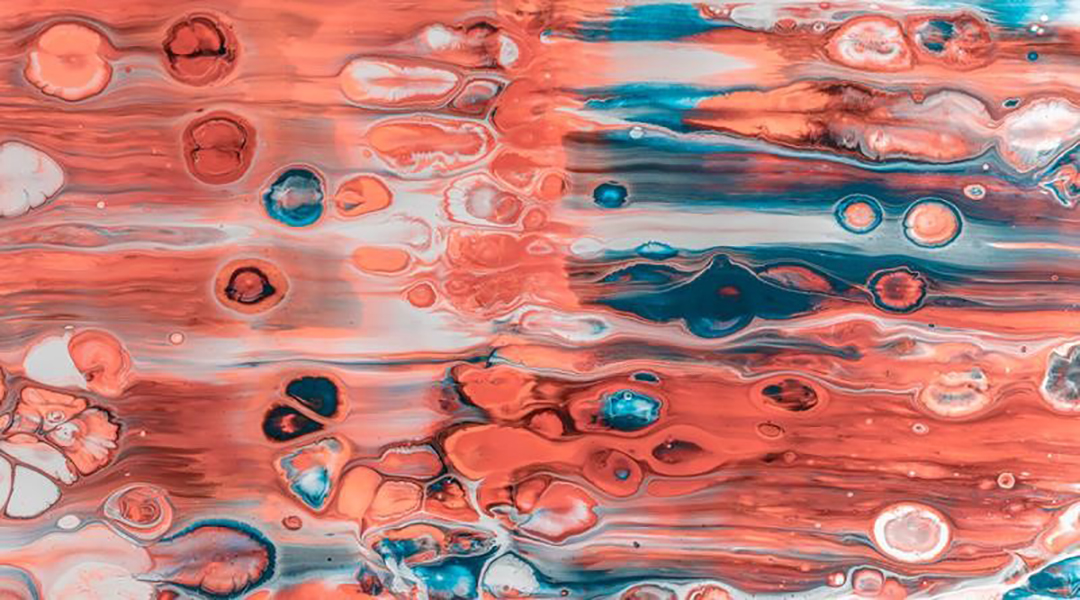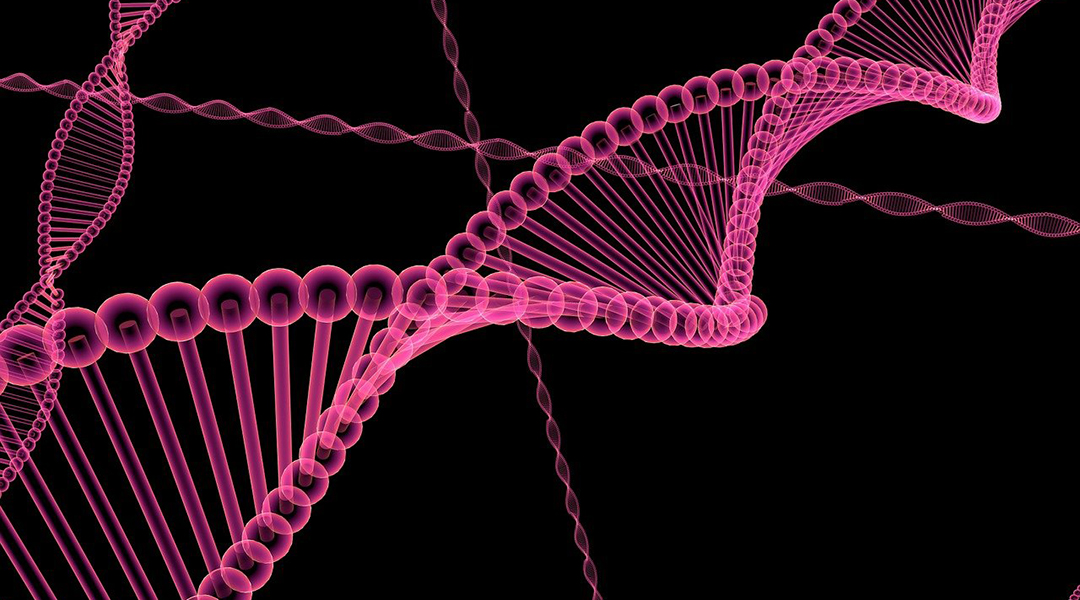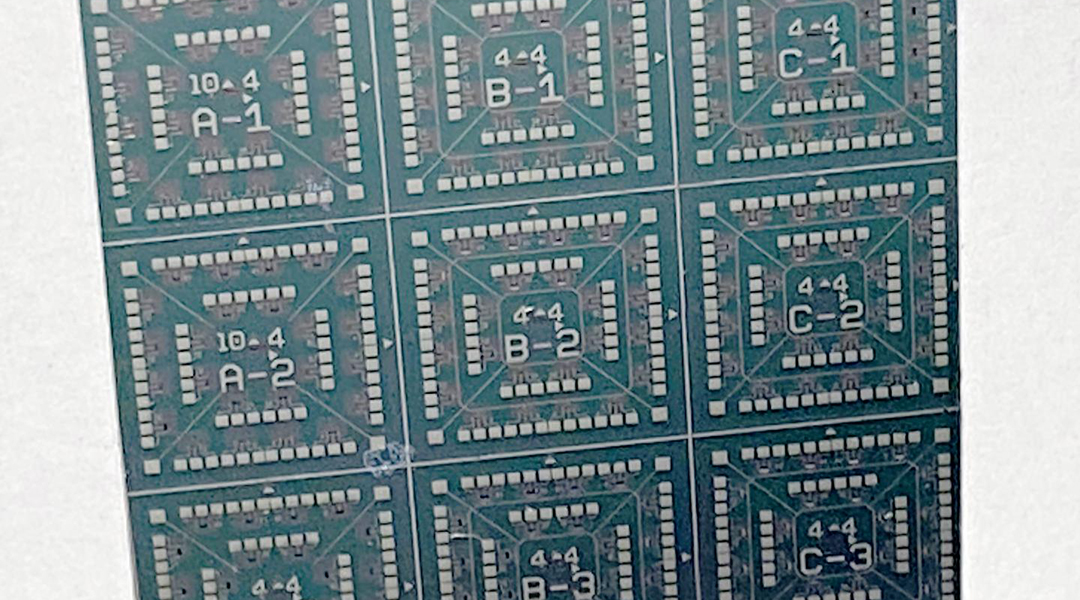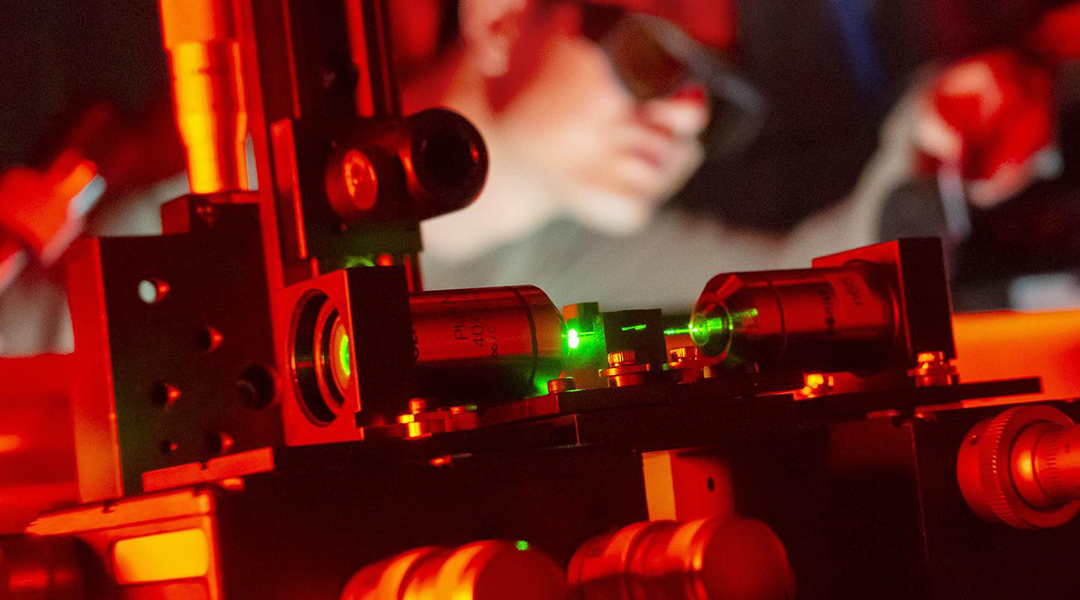Your “friendly neighborhood astrophysicist” Becky Smethurst is enthusiastically exploring the universe and educating us along the way.


Your “friendly neighborhood astrophysicist” Becky Smethurst is enthusiastically exploring the universe and educating us along the way.

Enjoy this gallery of science images featuring a glowing hydrogel fish, microscale flowers, nanoscale fireworks, and more.

Recent advances in micro- and nanoscale sensing technologies may help diagnose sepsis early and with greater accuracy.

AI and robotics meet fluidics to accelerate materials development, allowing researchers to create quantum dots in under an hour.

Researchers publish an up-to-date and easy-to-access platform with a global scope.

A new study finds diamonds can actually form at room temperature, under the right pressure.

Recent advanced in nanoparticle-based SERS imaging has led to better diagnoses of diseases like cancer, and improvements in image-guided tumor surgeries.

Complex 3D nanoscale architectures based on DNA self-assembly can conduct electricity without resistance and may provide a platform for fabricating quantum computing and sensing devices.

The waste chips of paint you strip off the walls might not be so useless afterall.

New hybrid optical fibers contain 2D materials that enhance light-matter interactions and open doors for a range of new technological advancements.